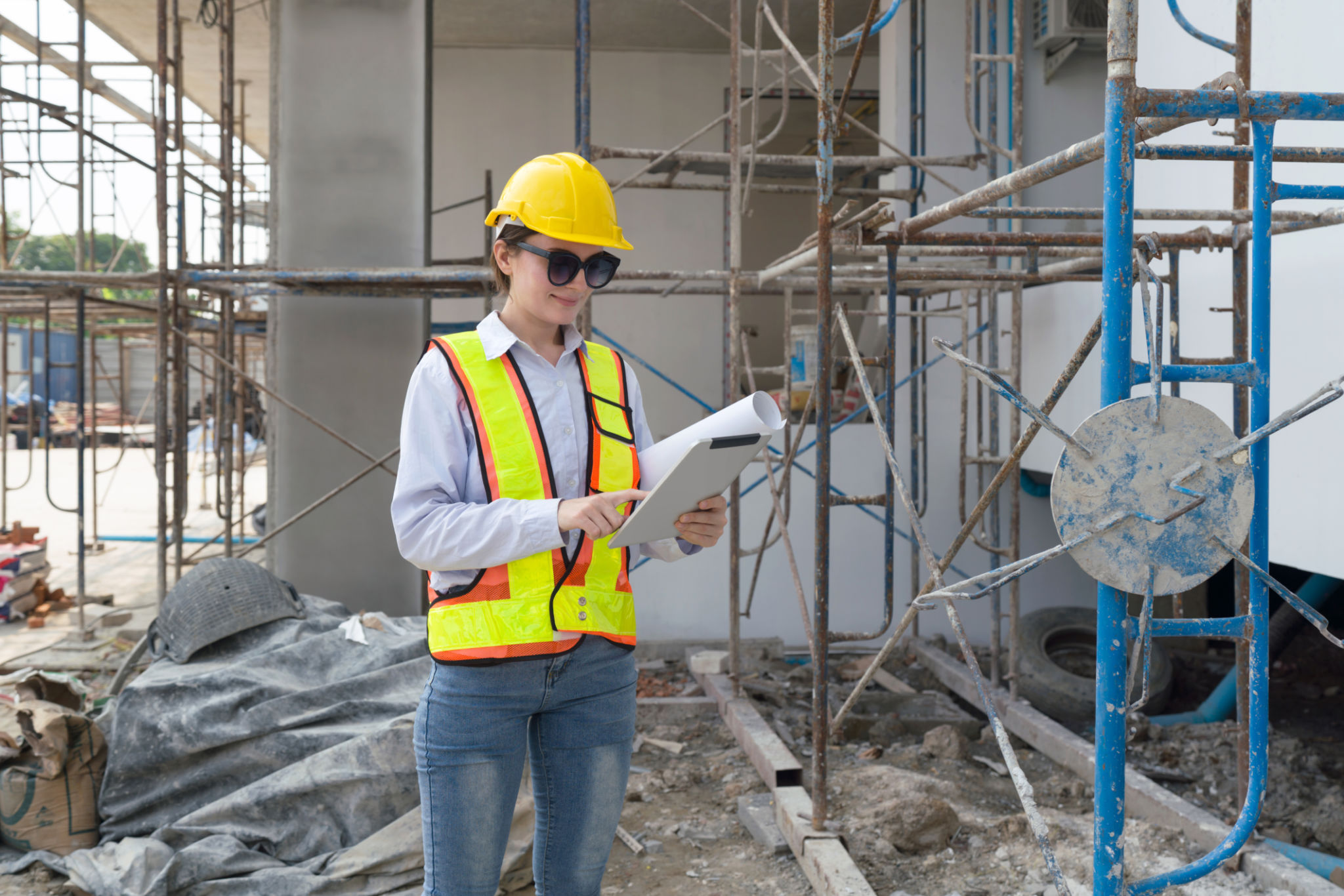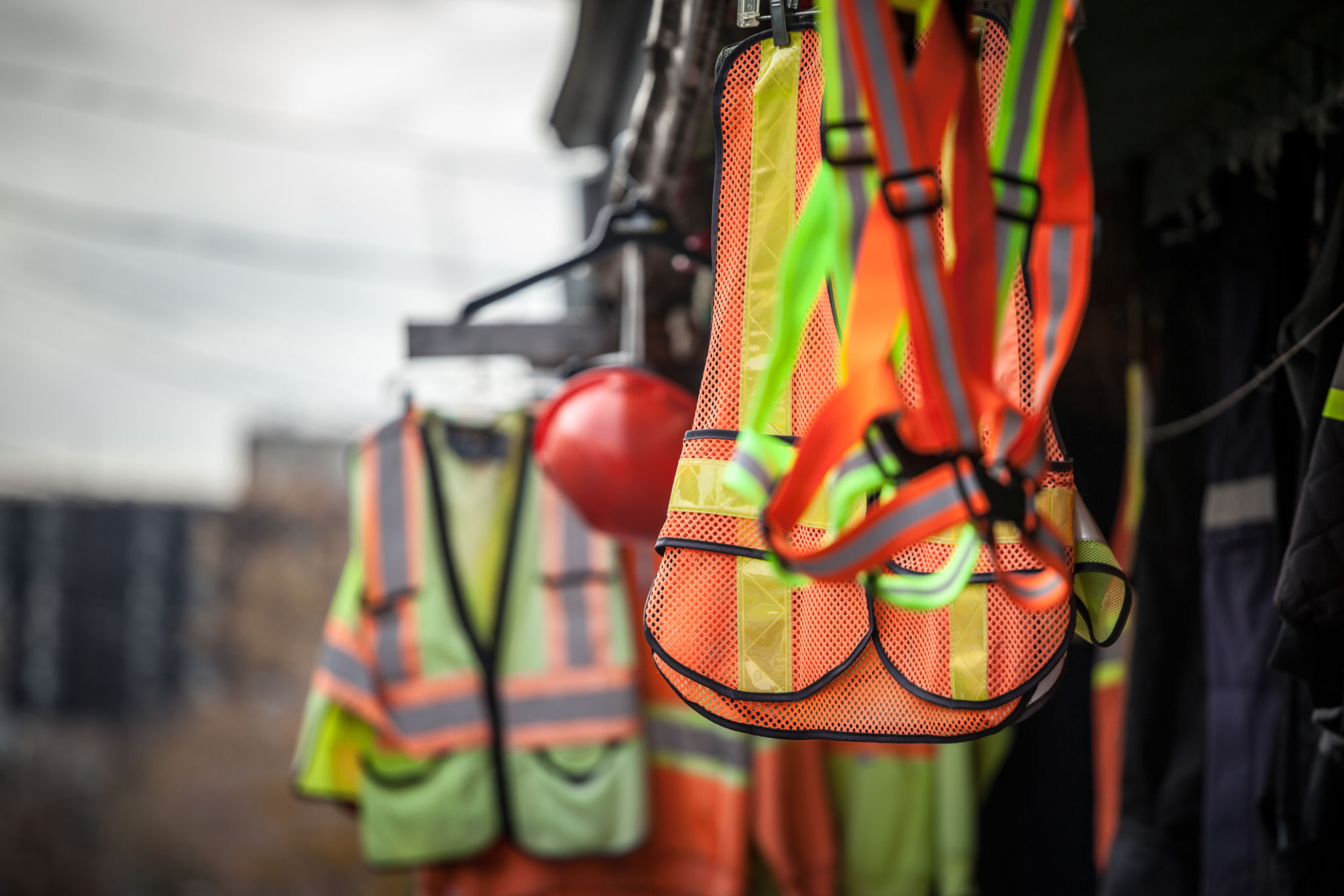How Scaffolding Improves Safety on Construction Sites
The Importance of Scaffolding in Construction
Construction sites are known for their dynamic environments and inherent risks. Among the various safety measures employed, scaffolding stands out as a critical component that significantly enhances safety. Properly designed and erected scaffolds not only provide a sturdy platform for workers but also ensure materials are handled safely at heights, reducing the risk of accidents.
Scaffolding acts as a temporary structure, allowing construction workers to perform tasks at heights with confidence. By offering a stable and secure platform, it minimizes the chances of slips, trips, and falls, which are among the leading causes of injuries on construction sites.

Types of Scaffolding and Their Benefits
Scaffolding comes in various forms, each tailored to specific needs and applications. The most common types include supported scaffolds, suspended scaffolds, and mobile scaffolds. Each type has its own set of advantages, making them suitable for different construction tasks.
Supported scaffolds are the most frequently used and involve platforms supported by rigid frameworks from below. These are ideal for jobs that require a robust and stable working surface. Suspended scaffolds, on the other hand, are hung from overhead structures and are perfect for exterior work on high-rise buildings. Lastly, mobile scaffolds are versatile, allowing easy movement across flat surfaces, which is beneficial for tasks requiring frequent repositioning.

Enhancing Safety Through Proper Installation
The effectiveness of scaffolding in improving safety largely depends on its proper installation and maintenance. It is crucial that scaffolding is erected by trained professionals who understand the intricacies of load-bearing capacities and structural stability. Incorrect setup can lead to catastrophic failures, endangering the lives of those working on or near the scaffold.
Regular inspections are also vital to ensure that the scaffolding remains in top condition throughout the project. Any signs of wear and tear or structural weaknesses should be addressed immediately to prevent accidents.
The Role of Scaffolding in Worker Efficiency
Beyond safety, scaffolding plays a pivotal role in enhancing worker efficiency. By providing easy access to different parts of a building, it allows workers to carry out their tasks without unnecessary delays or obstructions. This improved accessibility not only speeds up construction processes but also contributes to better-quality workmanship.

Moreover, scaffolding facilitates the safe transportation of materials and tools to elevated areas. This reduces the physical strain on workers and lowers the likelihood of materials being dropped from heights—further enhancing site safety.
Regulatory Standards and Compliance
Adhering to regulatory standards is essential when it comes to scaffolding safety. In many countries, there are specific guidelines and codes that govern the design, installation, and use of scaffolds. These regulations aim to ensure that all scaffolding structures meet minimum safety criteria and are capable of supporting the intended loads.
Compliance with these standards not only helps avoid legal repercussions but also fosters a culture of safety on construction sites. Companies that prioritize scaffold safety demonstrate their commitment to protecting their workforce and maintaining a safe working environment.

Conclusion: Scaffolding as a Key Safety Measure
In conclusion, scaffolding is an indispensable tool for ensuring safety on construction sites. Its ability to provide stable platforms at heights, coupled with its role in enhancing worker efficiency and adherence to regulatory standards, makes it a cornerstone of construction safety protocols.
By investing in quality scaffolding systems and ensuring proper installation and maintenance, construction companies can significantly reduce the risks associated with working at heights. This proactive approach not only safeguards workers but also contributes to the successful completion of construction projects.